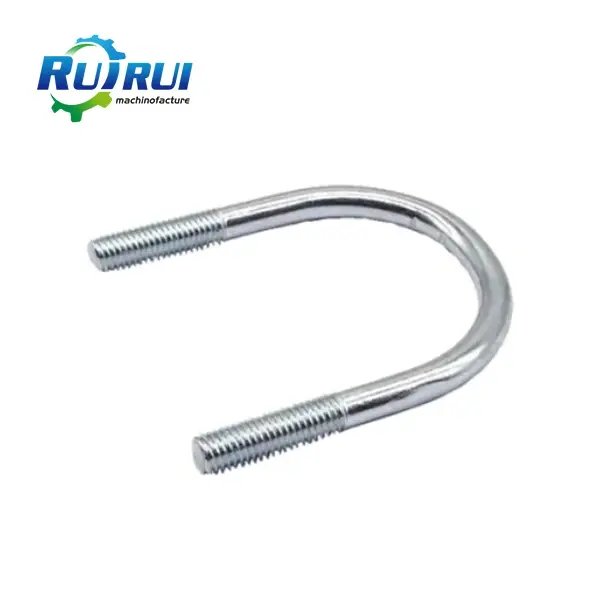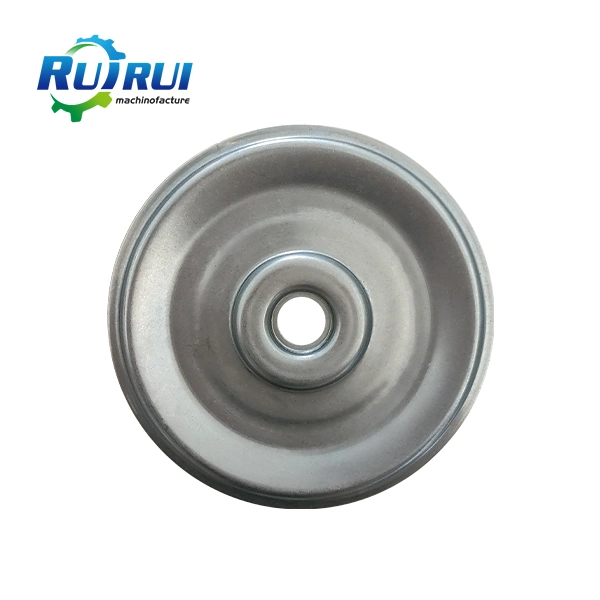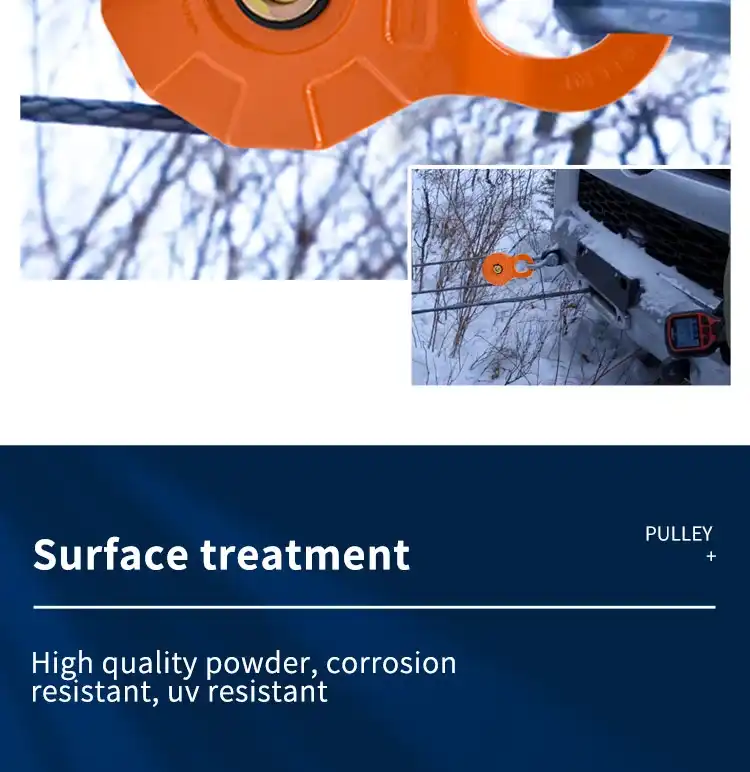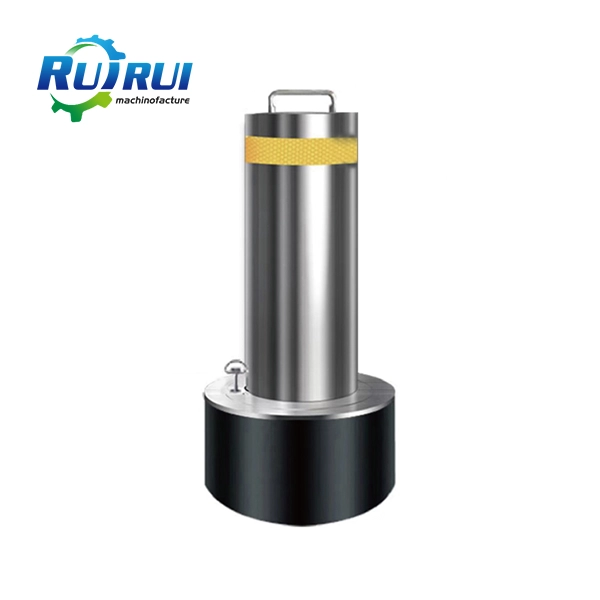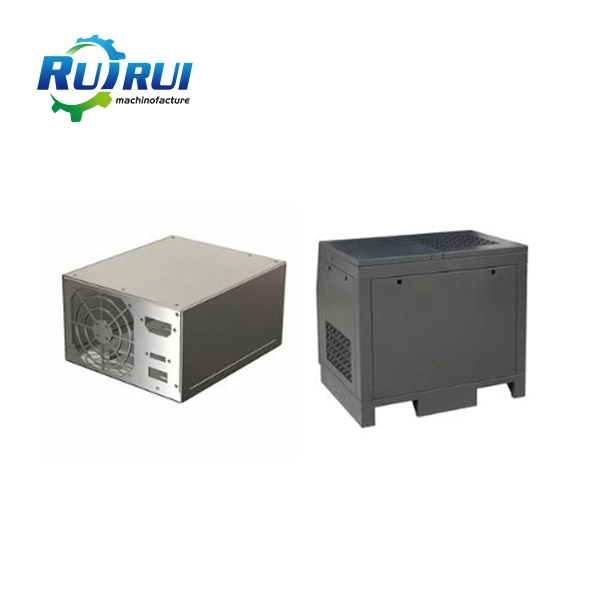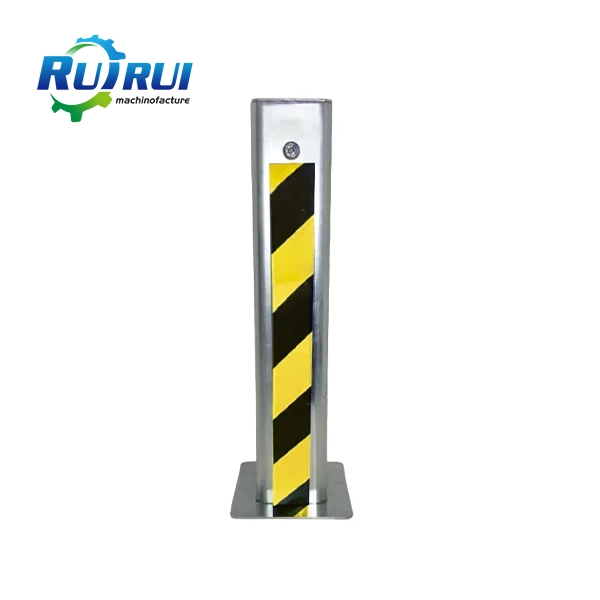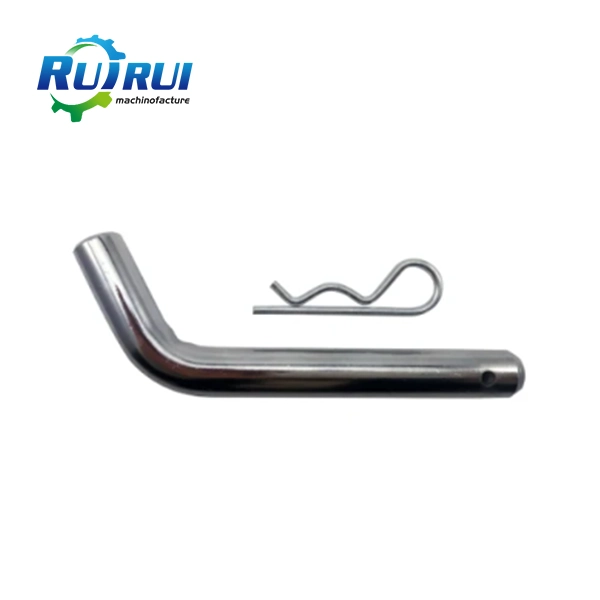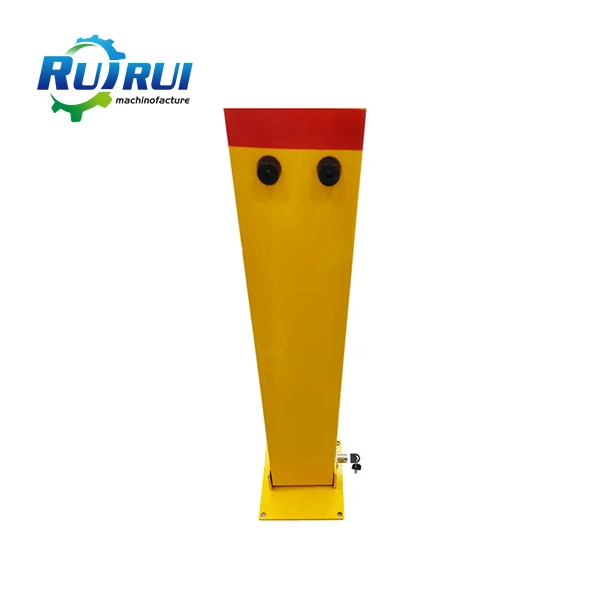What are the dimensions and specifications of standard link plates?
2024-09-27 10:22:01
Link plates are crucial components in various industrial and construction applications, serving as essential connectors in machinery, structures, and equipment. Understanding the dimensions and specifications of standard it is vital for engineers, manufacturers, and procurement specialists to ensure proper selection and integration into their projects. This comprehensive guide delves into the intricate details of link plate dimensions, materials, load capacities, and industry standards. By exploring these aspects, we aim to provide valuable insights that will help you make informed decisions when choosing the right link plates for your specific needs.
Understanding Link Plate Basics
Definition and Purpose of Link Plates
Link plates, also known as connecting plates or joining plates, are flat, typically rectangular metal components used to join or connect two or more structural elements. These versatile components play a crucial role in transferring loads between different parts of a structure or machine. Link plates are widely used in various industries, including construction, automotive, aerospace, and manufacturing.
The primary purpose of it is to distribute forces evenly across connected elements, ensuring structural integrity and stability. They can be found in applications such as:
- Building frameworks and steel structures
- Bridge construction and rehabilitation
- Heavy machinery and equipment
- Automotive chassis and suspension systems
- Industrial conveyor systems
Common Materials Used in Link Plate Manufacturing
The choice of material for it significantly impacts their performance, durability, and load-bearing capacity. Some common materials used in it manufacturing include:
- Mild steel: Offers good strength and affordability
- Stainless steel: Provides excellent corrosion resistance and durability
- High-strength low-alloy (HSLA) steel: Combines high strength with good formability
- Aluminum alloys: Lightweight options for specific applications
- Titanium: Used in high-performance aerospace and marine applications
The selection of material depends on factors such as load requirements, environmental conditions, and budget constraints. Engineers must carefully consider these factors to ensure the link plates meet the specific needs of their projects.
Importance of Proper Link Plate Specifications
Accurate link plate specifications are crucial for several reasons:
- Structural integrity: Properly sized and specified link plates ensure the safety and stability of the entire structure or machine.
- Load distribution: Correct specifications enable efficient transfer of forces between connected elements.
- Longevity: Well-specified it can withstand repetitive loads and environmental factors, extending the lifespan of the structure or equipment.
- Cost-effectiveness: Choosing the right link plate specifications helps avoid over-engineering or under-engineering, optimizing material usage and costs.
- Compliance: Adhering to industry standards and regulations requires precise link plate specifications.
Dimensions and Specifications of Standard Link Plates
Typical Dimensions of Link Plates
Standard link plates come in a wide range of dimensions to accommodate various applications. While custom sizes are available for specific needs, some common dimensions include:
- Length: 50mm to 500mm (2 inches to 20 inches)
- Width: 25mm to 250mm (1 inch to 10 inches)
- Thickness: 3mm to 25mm (1/8 inch to 1 inch)
It's important to note that these dimensions can vary depending on the manufacturer and specific industry standards. When selecting link plates, consider the following factors:
- The size and weight of the components being connected
- The expected loads and stresses on the joint
- The available space for installation
- Any industry-specific requirements or regulations
Hole Patterns and Sizes
Link plates typically feature holes for bolts or other fasteners to secure them to the connected elements. The hole patterns and sizes can vary based on the application and load requirements. Some common hole configurations include:
- Single row of holes
- Double row of holes
- Staggered hole patterns
- Custom hole layouts for specific applications
Hole diameters usually range from 10mm to 30mm (3/8 inch to 1-1/8 inches), depending on the size of the fasteners used. The spacing between holes is crucial for proper load distribution and should be carefully calculated based on engineering principles and industry standards.
Load Capacity and Strength Ratings
The load capacity and strength ratings of link plates are critical specifications that determine their suitability for specific applications. These ratings depend on various factors, including:
- Material properties (yield strength, tensile strength)
- Plate dimensions (length, width, thickness)
- Hole sizes and patterns
- Type of loading (tension, compression, shear)
Manufacturers typically provide load capacity tables or charts that specify the maximum allowable loads for different link plate configurations. It's crucial to consult these specifications and work with a qualified engineer to ensure the selected it can safely handle the expected loads in your application.
Industry Standards and Regulations for Link Plates
ASTM Standards for Link Plates
The American Society for Testing and Materials (ASTM) has developed several standards that apply to link plates and related components. Some relevant ASTM standards include:
- ASTM A36: Standard Specification for Carbon Structural Steel
- ASTM A572: Standard Specification for High-Strength Low-Alloy Columbium-Vanadium Structural Steel
- ASTM F606: Standard Test Methods for Determining the Mechanical Properties of Externally and Internally Threaded Fasteners, Washers, and Rivets
These standards provide guidelines for material properties, testing methods, and performance requirements that ensure the quality and reliability of it used in various applications.
ISO Standards for Link Plates
The International Organization for Standardization (ISO) has also established standards relevant to link plates and structural connections. Some ISO standards to consider include:
- ISO 898: Mechanical properties of fasteners made of carbon steel and alloy steel
- ISO 3506: Mechanical properties of corrosion-resistant stainless steel fasteners
- ISO 14713: Guidelines and recommendations for the protection against corrosion of iron and steel in structures
These ISO standards provide a global framework for ensuring the quality, performance, and compatibility of it and related components across different industries and regions.
Industry-Specific Regulations
In addition to general standards, various industries have specific regulations and guidelines for it used in their applications. Some examples include:
- Construction: Building codes and structural engineering standards
- Automotive: SAE (Society of Automotive Engineers) standards
- Aerospace: FAA (Federal Aviation Administration) regulations
- Marine: Classification society rules (e.g., DNV GL, ABS)
When specifying link plates for a particular industry, it's essential to consult the relevant regulations and standards to ensure compliance and optimal performance.
Conclusion
Understanding the dimensions and specifications of standard it is crucial for selecting the right components for your projects. By considering factors such as material properties, load capacities, and industry standards, you can ensure that your link plates meet the necessary requirements for safety, performance, and longevity. Always consult with experts and refer to manufacturer specifications when making your final decisions. If you want to get more information about this product, you can contact us at info@qdkshd.com.
References
1. "Structural Connections: Design and Specifications" by John W. Fisher and Lawrence A. Kloiber
2. "Handbook of Structural Engineering" edited by Wai-Fah Chen and Eric M. Lui
3. "Steel Structures: Design and Behavior" by Charles G. Salmon, John E. Johnson, and Faris A. Malhas
4. "Fastener Standards" published by the Industrial Fasteners Institute
5. "Steel Construction Manual" by the American Institute of Steel Construction (AISC)
6. "Structural Engineering Handbook" edited by Edwin H. Gaylord Jr., Charles N. Gaylord, and James E. Stallmeyer
Send Inquiry
Related Industry Knowledge
- What Are the Different Types of Bollards?
- What Are U Bolts Used For?
- What is a Mounting Bracket?
- What was the purpose of a pump cover?
- How do you maintain or inspect link plates?
- What is the difference between link plates and other types of connectors?
- How do link plates contribute to structural integrity?
- What materials are used for street furniture?
- What materials are link plates made from?
- What is a link plate used for?
